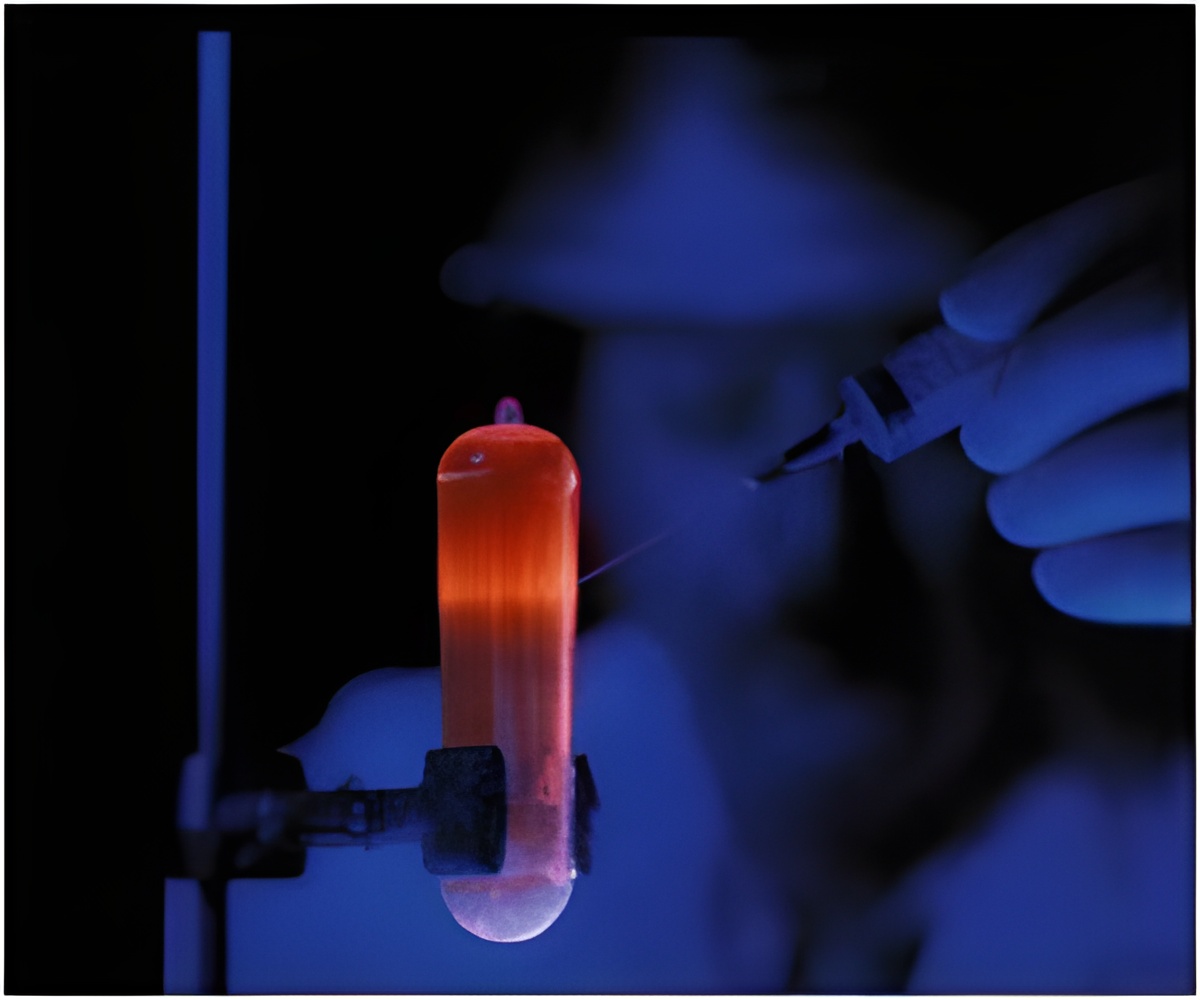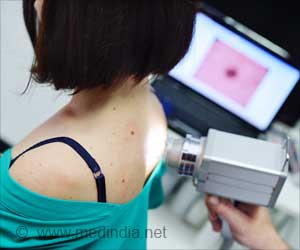The new method developed by scientists allowed scientists to analyse more than 3000 cells from the spleen, which is a hotspot for all kinds of immune cells; cells which fight infections, but also render daily immunity and response.

‘The new method profiles chromatin within single cells and offers a robust, scalable and cheaper alternative to current state-of-art methods, which require expensive infrastructure, specialized reagents and equipments.’





In order to conquer this obstacle, researchers put a lot of effort into finding new ways to study the inner works of individual cells.
The challenge is not only to isolate an individual cell from a tissue sample. We also need to find a way to determine the function of the individual cell, says Kedar Nath Natarajan, Assistant Professor and Principal Investigator at Department of Biochemistry and Molecular Biology, University of Southern Denmark. New methods are constantly being developed to microscopically profile tiny single cells within organs and tissues. The principle is to study the basic blueprint of an organism i.e. DNA and how it is packaged within a single cell. This packaging is referred to as chromatin and signals which genes within the blueprint are switched on and off, thus determining whether it becomes a blood cell, a skin cell, an immune cell, a cancer cell or another type of cell. Together with first author Xi Chen from Wellcome Sanger Institute, he has lead the development of the new methods and profile different kinds of cells including immune cells, stem cells etc. The other contributors from Wellcome Sanger Institute are Ricardo J Miragaia and this work was performed in the lab of the corresponding author Sarah A Teichmann.
The paper's abstract gives this description:
The assay for transposase-accessible chromatin using sequencing (ATAC-seq) is widely used to identify regulatory regions throughout the genome. However, very few studies have been performed at the single cell level (scATAC-seq) due to technical challenges. Here we developed a simple and robust plate-based scATACseq method, combining upfront bulk Tn5 tagging with single-nuclei sorting. We demonstrated that our method worked robustly across various systems, including fresh and cryopreserved cells from primary tissues. By profiling over 3,000 splenocytes, we identify distinct immune cell types and reveal cell type-specific regulatory regions and related transcription factors.
Source-Eurekalert









